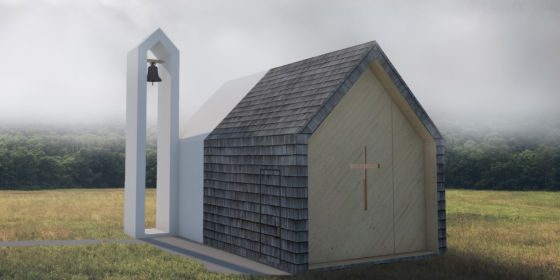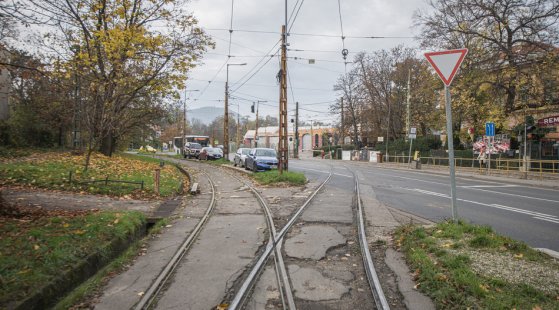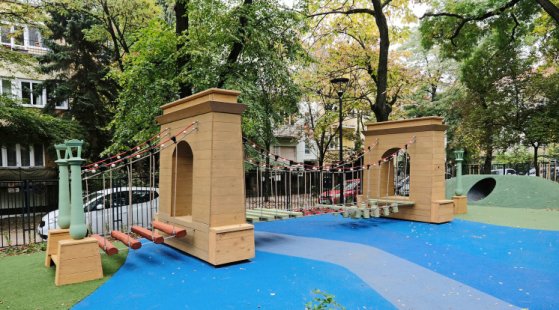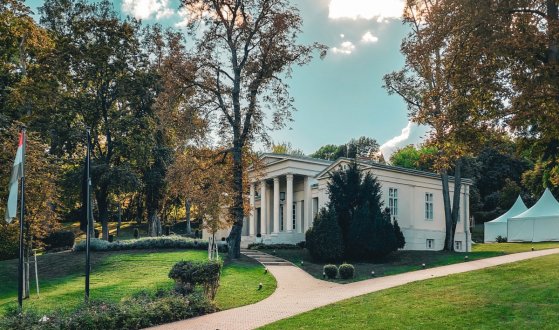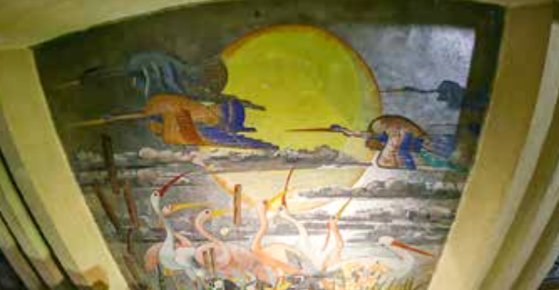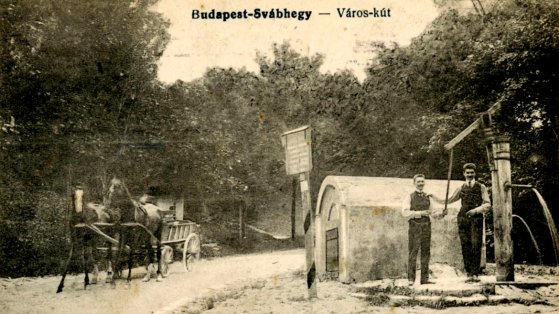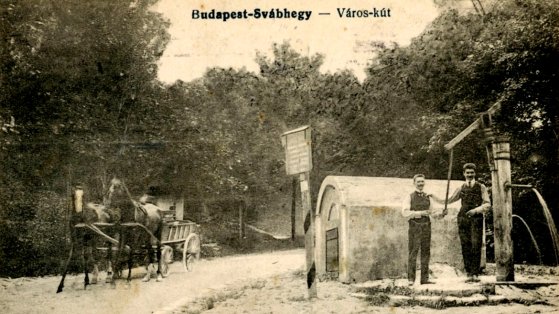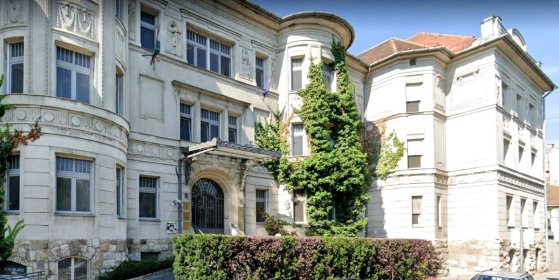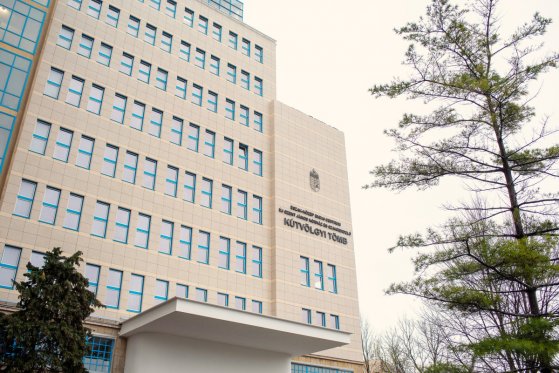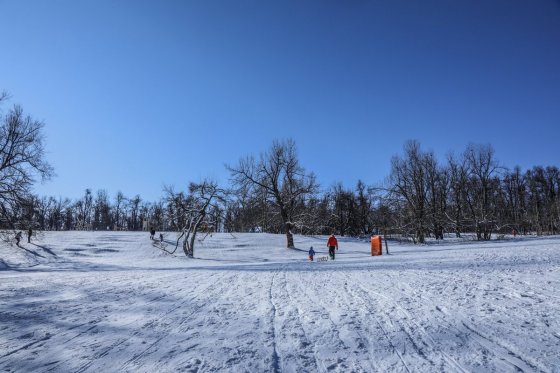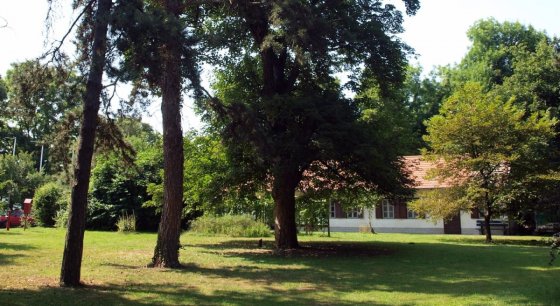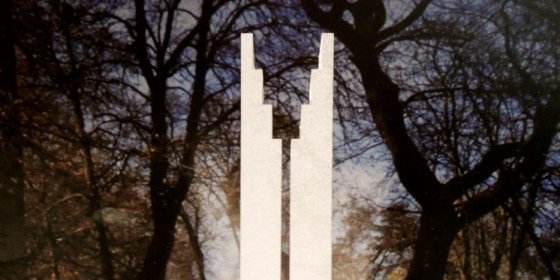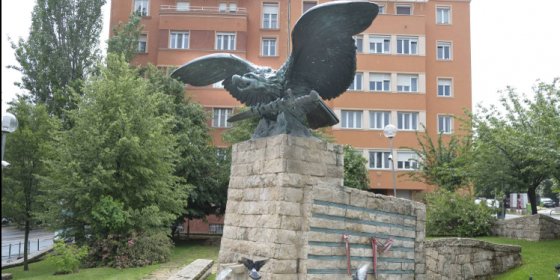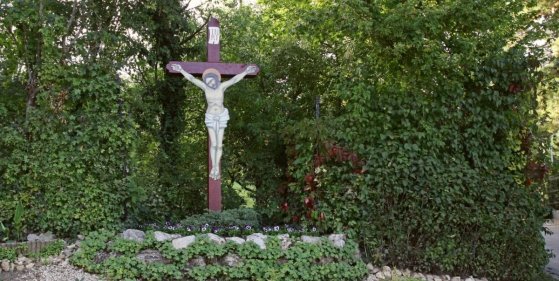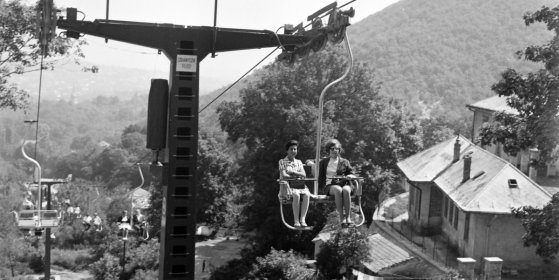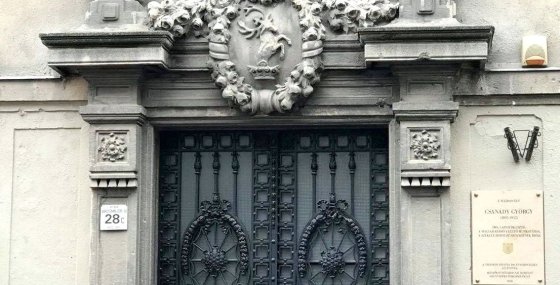 The „intertwined history” of the bridges and the city of Budapest
Which ideas and events have shaped the fate of bridges of Budapest and the cityscape? Alongside many other interesting facts, this question is also answered this newly published book by the Budapest City Archives, which introduces the history of bridges in Budapest.
The „intertwined history” of the bridges and the city of Budapest
Which ideas and events have shaped the fate of bridges of Budapest and the cityscape? Alongside many other interesting facts, this question is also answered this newly published book by the Budapest City Archives, which introduces the history of bridges in Budapest.
Hegyvidék
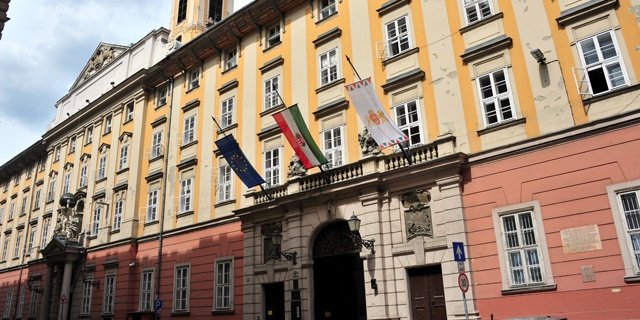 The capital decided on the naming of two public areas
The capital decided on the naming of two public areas
February 22, 2023 at 6:15 PM
The decision to name Diana Lane (Diana köz) located in Hegyvidék was made in 1985, and it has now been officially registered, and the hitherto anonymous continuation of the public area was also named Diana Lane. And in the 20th District, the name of Vereckei Street was clarified to the currently used Verecke Street.
Donations are being collected for the construction of the chapel in Anna Meadow
January 10, 2023 at 2:00 PM
A chapel with a small floor area of barely thirty square metres was planned for Anna Meadow in the 12th District. If the donations are collected, next year a mass place that matches the landscape can be built in the Hegyvidék.
The cogwheel railway will not be eliminated
December 2, 2022 at 8:00 AM
Accepting the proposal of the people of Hegyvidék, the General Assembly of the Capital decided to support the renovation of the cogwheel and the extension of its route. So they will not eliminate the railway. During the renovation, transportation will be provided with a so-called demand-controlled telebus.
The Buda mountains will be easier to reach by bicycle from Pest
November 29, 2022 at 3:00 PM
It will be easier to access the Buda mountains by bicycle from the inner city due to new bicycle connections that will be created in the 12th District. Development and modernisation are planned along Budakeszi Road - Zugligeti Road and Budakeszi Road - Szilágyi Erzsébet Alley - Hűvösvölgyi Road.
A Reform-era playground was built in the 12th District - Children can learn about the city's past
October 26, 2022 at 12:30 PM
Playground equipment based on the Chain Bridge, the Buda Castle Tunnel, the Cogwheel Railway and the Kisfaludy Steamboat will also appear at the completely renovated Hollósy Simon Street playground in the 12th District. The 19th-century past of the Hegyvidék and the capital, especially during the Reformation period, is recalled by the special structures, as well as by the tableaus on which pictures, descriptions and QR codes depicting the era are placed.
The first gems of the Hegyvidék - József Hild's villas in Buda
September 11, 2022 at 10:30 AM
More and more people moved from Pest, which began to grow in the first half of the 19th century, to the mountains of Buda, because instead of traffic and crowding, calmness and fresh air awaited them there. The larger plots also made it possible to build free-standing villas with gardens, many of which were designed by the most employed architect of the period, József Hild.
The renovation of the fresco depicting the biblical story of creation in the church in Városmajor has been completed
September 8, 2022 at 5:00 PM
The restoration of the monumental Vilmos Aba-Novák fresco depicting the seven days of creation in the church in Városmajor has been completed. The 160-square-metre fresco consists of seven large pictures of creation and 42 small pictures with biblical themes. Now the part depicting the seventh day can be seen on the ceiling in its original beauty as well.
A forgotten occupation: water sellers on the streets of Pest and Buda
August 11, 2022 at 6:47 PM
Water is a basic necessity for life, so its significance has been extremely important in all ages. Today it is natural that water flows from the tap, but in the past this was not the case, water was also brought to the houses by vendors so that people could wash, cook, clean themselves, and most importantly, drink. In the 19th century, Pest and Buda began to develop significantly, the local wells and sources could no longer fully satisfy the needs, so water sellers appeared who measured their portage for money.
Construction work began in the Jókai Garden
June 8, 2022 at 3:00 PM
The Jókai Garden and the listed Steindl Villa will be renewed, and it will be a new nature exhibition place from next autumn. Construction work has already begun.
Wells, springs, baths in the 12th district: exhibition opened on the role of water in the Hegyvidék Local History Collection
June 3, 2022 at 8:00 AM
Already in the time of King Matthias, the Hegyvidék wells provided water to the Buda Castle, but Queen Elizabeth and Palatine Joseph also drank water coming from Svábhegy - revealed at the new exhibition on the relationship between Hegyvidék and the water, which opened on Wednesday in the building of the Hegyvidék Local History Collection next to the Horse Railway Cultural and Event Centre.
The clinic in Városmajor is being expanded with a new wing
May 13, 2022 at 9:00 PM
A new four-storey wing will be added to the Városmajor Cardiology and Vascular Clinic on the site below 70 Városmajor Street, where the Diagnostic Center will be located. The new and old blocks of the clinic are planned to be connected by a bridge.
The renovation of the external facade of the Kútvölgyi Hospital has been completed
April 2, 2022 at 4:00 PM
The exterior facade of the Kútvölgyi Hospital was renewed, the doors and windows of the tower building were replaced, and the cooling and heating system was also modernized. At the same time, internal renovation work is already underway.
Five hundred trees are planted in the Highlands instead of trees to be cut down during the renovation of Korányi Hospital
November 3, 2021 at 8:00 PM
During the renovation of the National Korányi Pulmonology Institute of the 12th district, new trees will be planted in place of the trees to be felled. The institution replaces 200 trees locally and 300 trees are planted in various public areas of the district.
Winter sports season to be extended on Normafa
May 19, 2021 at 4:00 PM
The 12th District local council has begun preparing the snow cannon investment planned for Normafa. As part of the works, pipes are being laid in the ground, to which the cannons will be connected in the winter. Once completed, lovers of winter sports will be able to use the area for over 3 months each year.
Visitor centre planned for Jókai kert – Steindl Villa to host exhibitions
April 21, 2021 at 4:00 PM
The Jókai Garden and the Steindl Villa on Sváb Hill are to be renovated. The investment is planned to be completed by 2022, and the developers hope that Budapest will be enriched with a popular resting place.
12th District selects World War II memorial
April 8, 2021 at 3:00 PM
The symbolism of scarcity and hope – are the words used by the judges to describe the winning design of the World War II memorial planned for the 12th District. The sculpture will be built alongside the Varosmajori Church and has been designed to remember the district residents that lost their lives in the conflict.
Educational canopy trail planned for Normafa
March 27, 2021 at 4:00 PM
An educational canopy trail has been planned for Normafa. To be built on the former Sport Hotel site, the trail will have space for 150 visitors and focus on conservation education. The study trail will begin at ground level and climb above the tree canopy to offer a stunning view of Budapest.
New World War II memorial to be built in 12th District – Turul Statue not to be renamed
February 2, 2021 at 8:00 AM
A new World War II memorial will be built in the 12th District near Városmajor Church. The statue may be finished this year. The tender announced for the project closes this month. The mayor of the 12th District, Zoltán Pokorni. is likely to recommend that the Turul Statue in the district not be reclassified as a World War I memorial, but that it stand with a detailed explanatory board about its symbolism and history.
An old wooden cross made anew on 13th-district Diana Street
October 17, 2020 at 3:00 PM
The wooden cross at the intersection of Diana and Gyöngyvirág Streets in the 13th District has been renovated. The crucifix that originally stood here was demolished in the 1950s but rebuilt in 2008.
New synagogue opened in Buda
September 12, 2020 at 12:00 AM
New synagogue opened at the Alma Street orthodox Jewish Retirement Home in the 12th District
Brides, stuntmen and sandbags have travelled on the Chairlift – Budapest's most unique means of public transport
August 19, 2020 at 10:00 AM
The János Hill chairlift is one of Budapest's most interesting means of transport and has been serving the city since 19 August 1970. There are several interesting facts connected to it. Few know that the first “passengers” on the chair lift were sandbags. A wedding was once held up in the air, and the Trapper jeans brand also shot a commercial on the lift, with a stuntman travelling above the city standing up.
The Székely national anthem was first played in Budapest – Memorial plaque unveiled on the lyricist's home
July 19, 2020 at 3:00 PM
While many Hungarians know the lyrics to the Székely national anthem, while the work written soon after the Treaty of Trianon was signed quickly became symbolic of Hungarian unity, few know the name of the writer who originally wrote the lyrics: György Csanády. To honour the writer's memory, born 125 years ago, a memorial plaque has been unveiled on the 12th-district house he lived in.
More articles
 The „intertwined history” of the bridges and the city of Budapest
Which ideas and events have shaped the fate of bridges of Budapest and the cityscape? Alongside many other interesting facts, this question is also answered this newly published book by the Budapest City Archives, which introduces the history of bridges in Budapest.
The „intertwined history” of the bridges and the city of Budapest
Which ideas and events have shaped the fate of bridges of Budapest and the cityscape? Alongside many other interesting facts, this question is also answered this newly published book by the Budapest City Archives, which introduces the history of bridges in Budapest.
 The Bridge Report, which brought a turning point in the history of Budapest
A travel report that changed the history of Pest and Buda, as well as Hungary. The little book contributed to the change of half a thousand years of legal customs and the implementation of an investment of unprecedented size and technical quality. This book was The Bridge Report [Hídjelentés in Hungarian].
The Bridge Report, which brought a turning point in the history of Budapest
A travel report that changed the history of Pest and Buda, as well as Hungary. The little book contributed to the change of half a thousand years of legal customs and the implementation of an investment of unprecedented size and technical quality. This book was The Bridge Report [Hídjelentés in Hungarian].
 Drama on the university wall - The heroic monument was planned 95 years ago
In the constant hustle and bustle of the Egyetem Square in Pest, the students may not even notice the monument that decorates the short section of wall between the church and the central building of ELTE. However, it commemorates their predecessors, the heroes who fought for their country in World War I, and those who heroically helped them. The first design of the dramatically collapsing soldier was born in 1928, ninety-five years ago.
Drama on the university wall - The heroic monument was planned 95 years ago
In the constant hustle and bustle of the Egyetem Square in Pest, the students may not even notice the monument that decorates the short section of wall between the church and the central building of ELTE. However, it commemorates their predecessors, the heroes who fought for their country in World War I, and those who heroically helped them. The first design of the dramatically collapsing soldier was born in 1928, ninety-five years ago.

